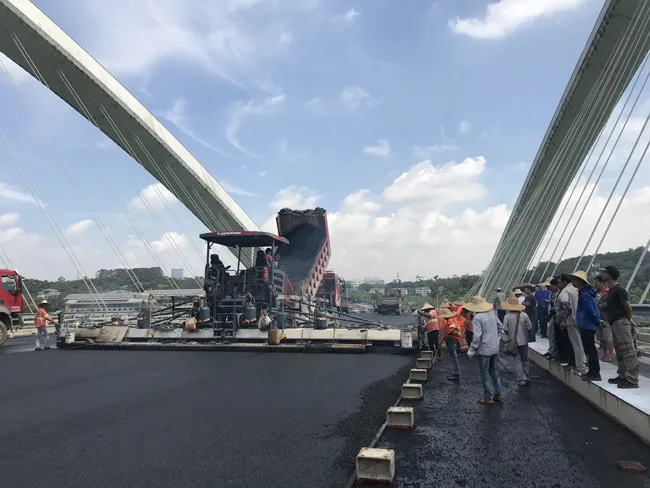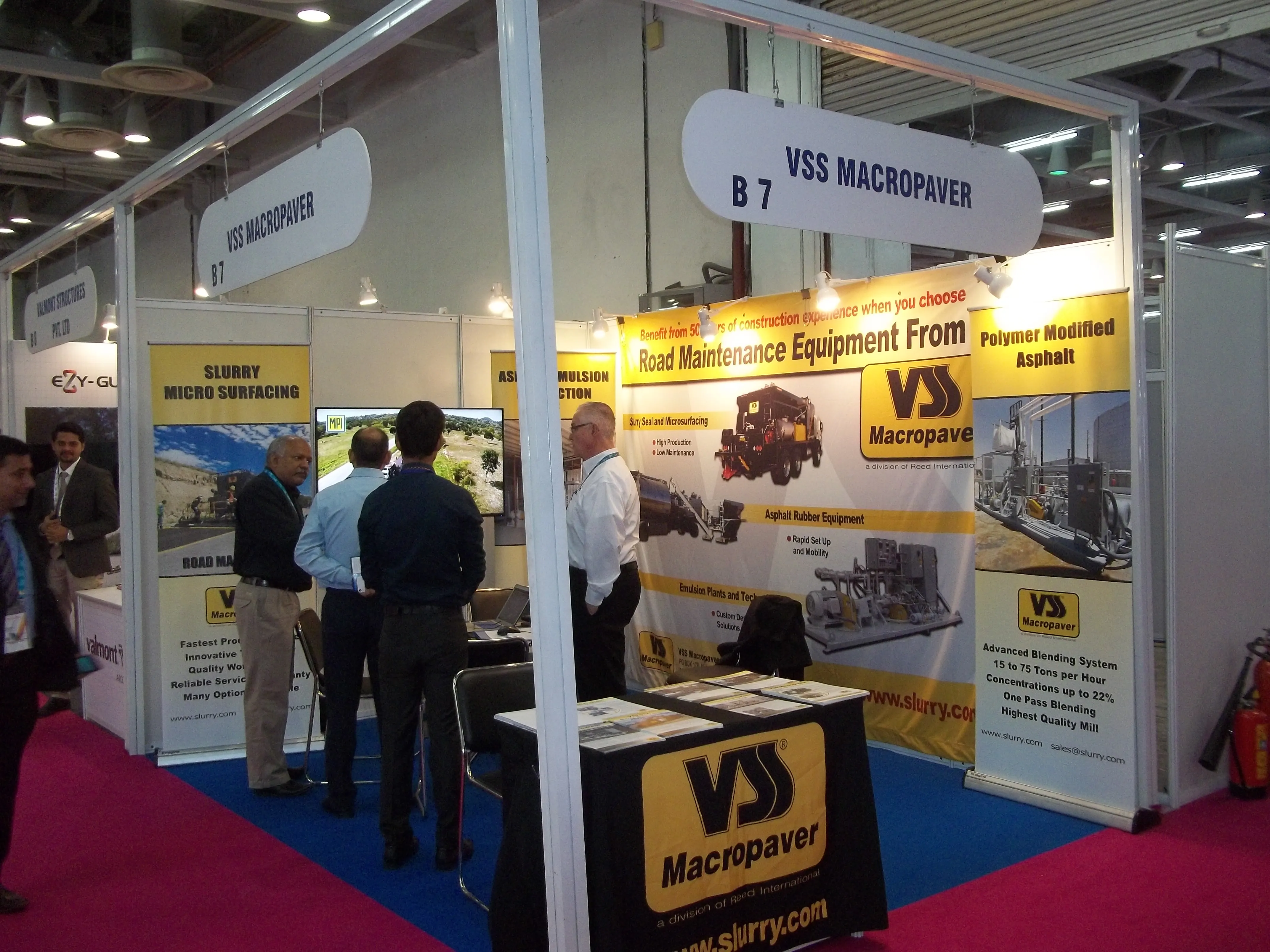
The landmark Nanning Bridge in China’s Nanning City has benefited from a complete surface overhaul. The work was carried out recently after the bridge had been in use for around 10 years. The project is of note as it is thought to be the first comprehensive commercial application of graphene- compound rubber modified asphalt technology in a high-class road/bridge surface project in the world.
Adding graphene to asphalt improves the durability and sustainability of asphalt road surfaces, making the asphalt less likely to soften in warm temperatures or harden and crack in cold conditions. The additive also reduces road wear, particularly under high loads, by increasing the elasticity and strength of the asphalt.
This is said to be a key technical breakthrough for road surface materials and is claimed to solve the common problem of short surface-longevity seen on highways in China and elsewhere. Another important factor is that this technology is highly cost-efficient, delivering economic benefits.
The new material system has been developed jointly by
Two Dynapac SD2550CS pavers with hydraulically extendable ends (HEE) screeds, six Dynapac CC6200 twin drum rollers and two Dynapac CP275 rubber tyred rollers were used for the resurfacing work at the Nanning Bridge. The working area was for a length of more than 1,000m and a width of 35m.
The SD2550CS pavers featuring the HEE system were used as this design offers versatility in highway construction work. According to Guangxi Zhenglu Machinery Technology, the machines can be used for large paving widths and can also be adapted for quickly for much narrower paving widths. The firm says that these machines can be employed for paving jobs in the continuous narrowing or widening of bridge ramps, variable sections or widening sections in tunnels or emergency-parking zones on highways. And the design means that there is no need to reassemble the screed, maximising working efficiency.
The screeds allow working widths from 3-14m, while the HEE system allows a maximum working width of 13.75m.








